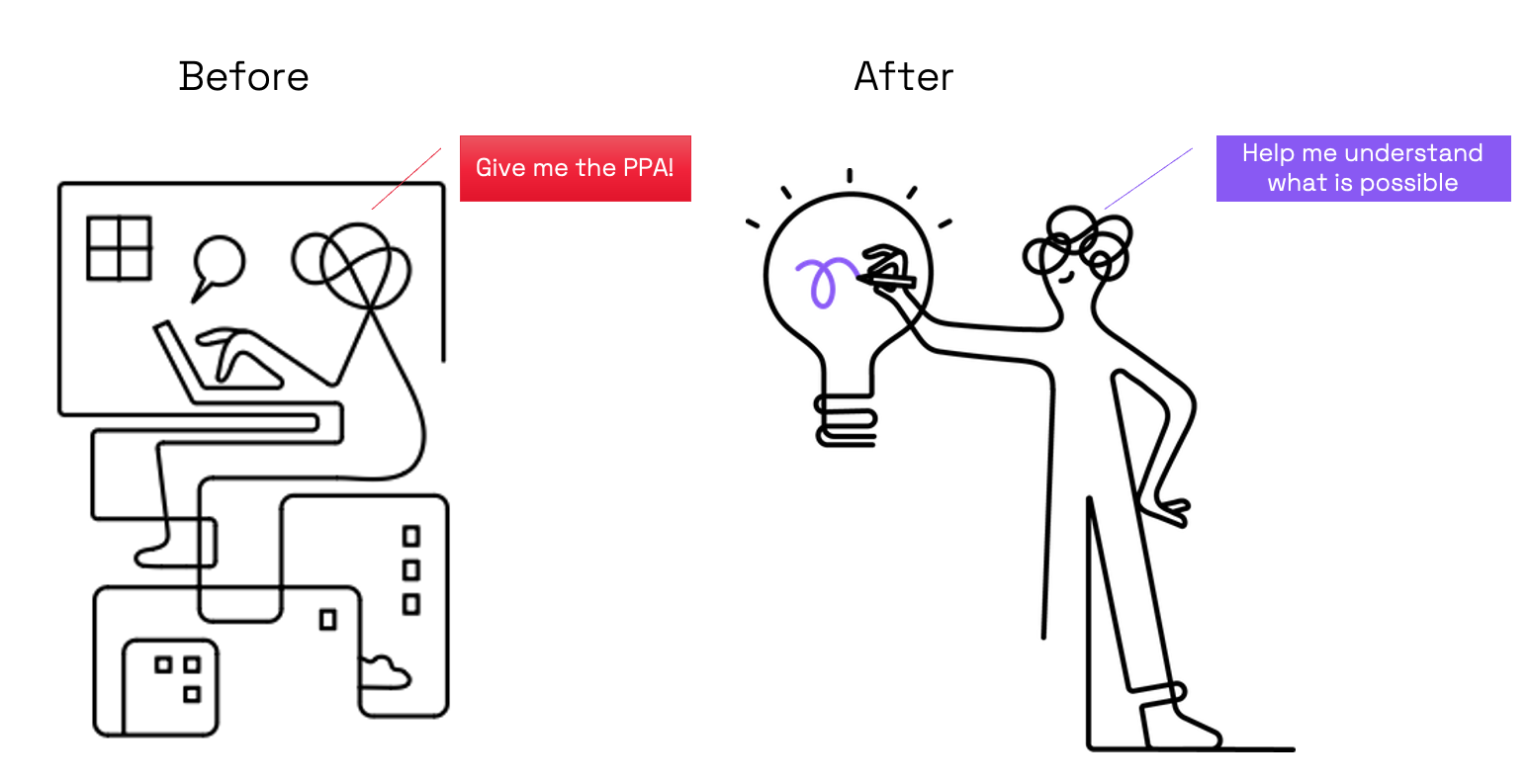SoC designers would really like to be able to compare PPA numbers of digital IP. However, as explained in our previous article, this is mostly impossible as available numbers usually do not apply to your use case. It is easy to be misled by PPA. So now, how do you select the best digital IP? Let’s have a look.
Step 1: Know where you want to be
At Codasip we do not consider PPA as a fixed absolute measure. What is important is the final PPA that our customers get in their final chip, and it is very likely that the PPA will be very different for different customers using the same IP.
We offer customizable processors and tools that are, in effect, PPA optimization engines. You can tune and improve the PPA for your own application, and you can get a 10x to 100x improvement compared to your starting point.
The first thing to understand when you select an IP is the potential end result, and how easy it will be to get it.

Step 2: Understand your starting point
As we’ve seen, it is very difficult to do fair comparisons using the configurations from IP vendors.
To understand your starting point, do the comparison yourself using your use case and real constraints. You can take several IP blocks and do some trials for your particular case. This, however, might not always be possible. If you have an attractive production forecast, IP vendors will likely give you access to the IP for a trial, but it might be difficult for some other projects.
In that case, models or FPGA prototypes can help you understand a bit better the performance you can expect from the IP. However, this will not help you with power or area. For these, you can consider the provided data as a “best case”: assume your case will be very different.
At Codasip, we refuse to play the PPA game and mislead you with irrelevant data: our goal is to give you great, efficient and verified starting points, and give you the means to customize them easily to get a PPA that you won’t find elsewhere.
Step 3: Ask for more data
Some other elements would be useful for IP users, such as the routability of the design, which becomes increasingly important with advanced nodes, or comfortable frequency for the design, after which area and power start to flare up. Simply asking about PPA will not be sufficient to understand these subtleties.
We could also imagine IP vendors giving intervals, or shmoo plots varying many conditions, or even doing the trials for you. This might be better, but it comes at a huge expense for the IP vendor, which likely will have an impact on the cost of the license (hence the famous “c” in the PPAcT acronym, as highlighted in our first blog post).

Optimize PPA to your unique needs
Selecting an IP is not easy. Sorry. That is why it is important to work with a reliable IP provider focused on helping you achieve the best PPA for your unique application.
At Codasip, we help our customers evaluate the IP and help them with our PPA optimization methodology called “Custom Compute”.
The Codasip Studio tool, used in combination with our RISC-V processor IP, can help overcome the PPA problem altogether. Without spending ages tuning the IP by hand, you can use the tool to customize the IP to get a uniquely better PPA than whatever you can find on the market. Even better: when you use several processors in the same SoC, you can decide to optimize each of them differently to make sure that you gain the maximum efficiency.
You decide whether you want to prioritize Power, Performance or Area, and how your application requires you to compute them. We give you the means to reach an optimum result: Think about. Then talk to us.
